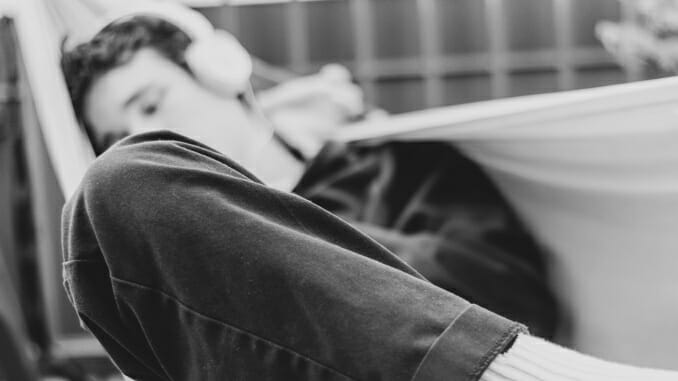Brown Noise Is The Online Trend For Soothing ADHD, But Why Does It Work?
Image via Sean Benesh/Unsplash
At first, there was white, then pink, and finally brown. No, I’m not reporting the gradual transformation of my pasty Celtic skin on vacay. I’m listing the various color sounds on offer as miraculous sleep, focus, or relaxation aids. Along with ASMR chills, Youtube and TikTok are awash with such sonic hues, aimed at those (hello!) chronically powerless to doze off, concentrate, or wind down.
In today’s tech-addicted world of unrelenting stimulation, all sorts of people are turning to white noise (think the gentle hum of those fans keeping us from melting this summer) and pink noise (namely the soothing rustle of leaves in the wind and pitter-patter of rainfall soon to arrive with the solace of fall).
However, their trendier sibling brown noise is causing the biggest splash right now, especially among the neurodivergent community. Sometimes also associated with the color red, brown noise is fairly hard to describe: close to white noise, only deeper and with more bass; naturally-occurring yet more industrial.
White noise has long been this raucous-brained writer’s go-to, but it can be hit or miss. Brown noise, though? Works like a charm every time (chef’s kiss), as if trading my spaghetti junction of thoughts for a pillow made of angel wings. While I’ve never sought a formal ADHD diagnosis, I’m almost certain the disorder resides within me. Either that or I’m the most appallingly distracted, impulsive, restless, frustrated, mercurial, and anxious neurotypical human ever born.
What do our neurodivergent friends have to say? A lot, as it happens, and little of it negative.
Holly Matthews, 37, a self-development coach & former actress with combined-type ADHD, reckons brown noise eclipses its white equivalent. “I find white noise too jarring and have experimented with different similar sounds, but brown noise seems to hit the spot,” she tells me. “If I’m over-stimulated from a sensory perspective, I can put this on and it soothes.”
But for Holly—who actually starred in Byker Grove, one of my favorite shows as a kid—brown noise is no silver bullet. It needs a partner, such as the subtle murmur of a television on low volume. “In terms of focus, it helps to have something else on in the room, but not music as this takes my attention.”
Education consultant & tutor Jemma Zoe Smith, 30, was diagnosed with dyslexia 10 years ago, and both pink and brown noise have since helped. “I use them when I can’t stop my mind racing, when I need to sleep.”
-

-

-

-

-

-

-

-

-

-

-

-

-

-

-

-

-

-

-

-

-

-

-

-

-

-

-

-

-

-

-

-

-

-

-

-

-

-

-

-








































